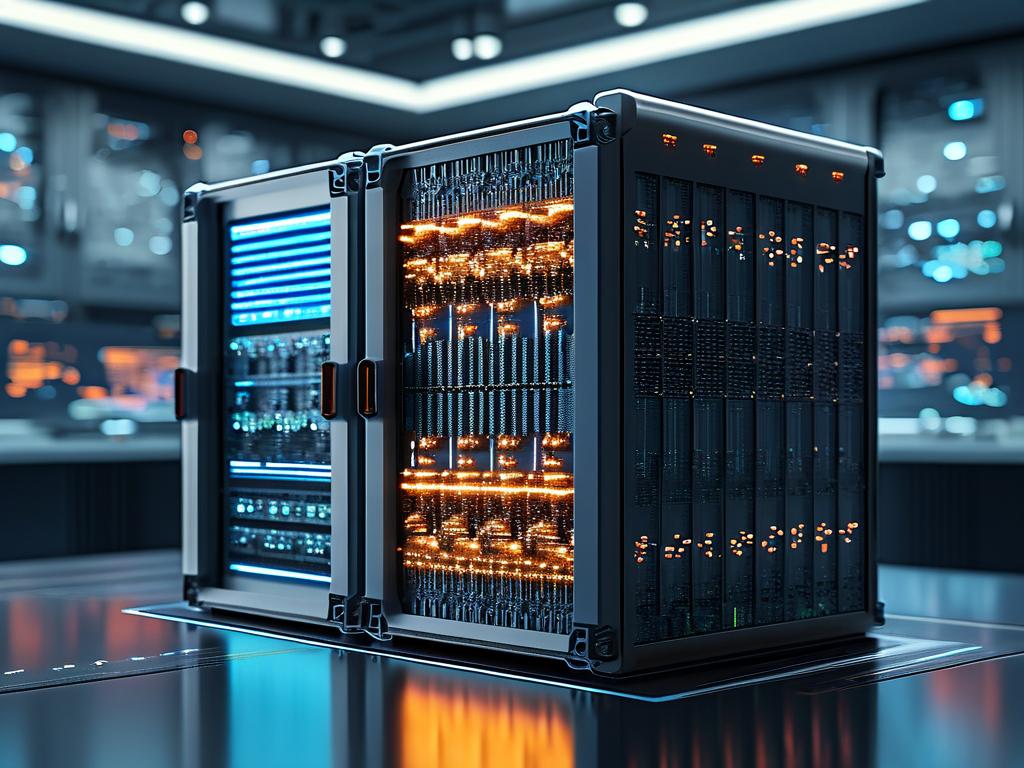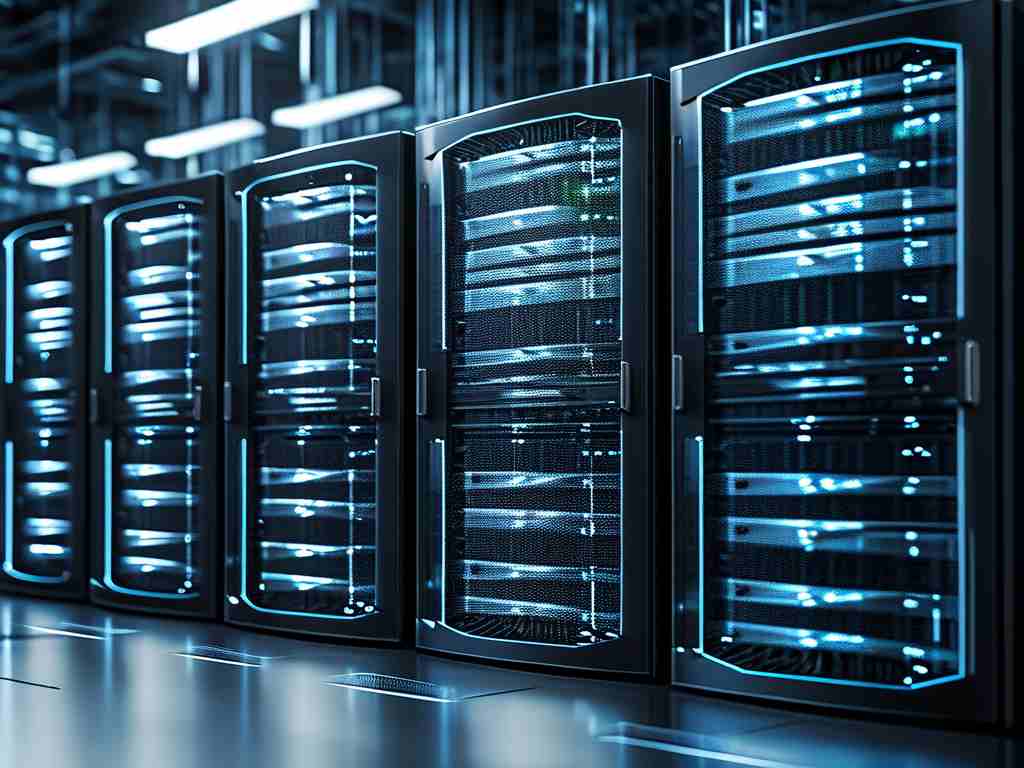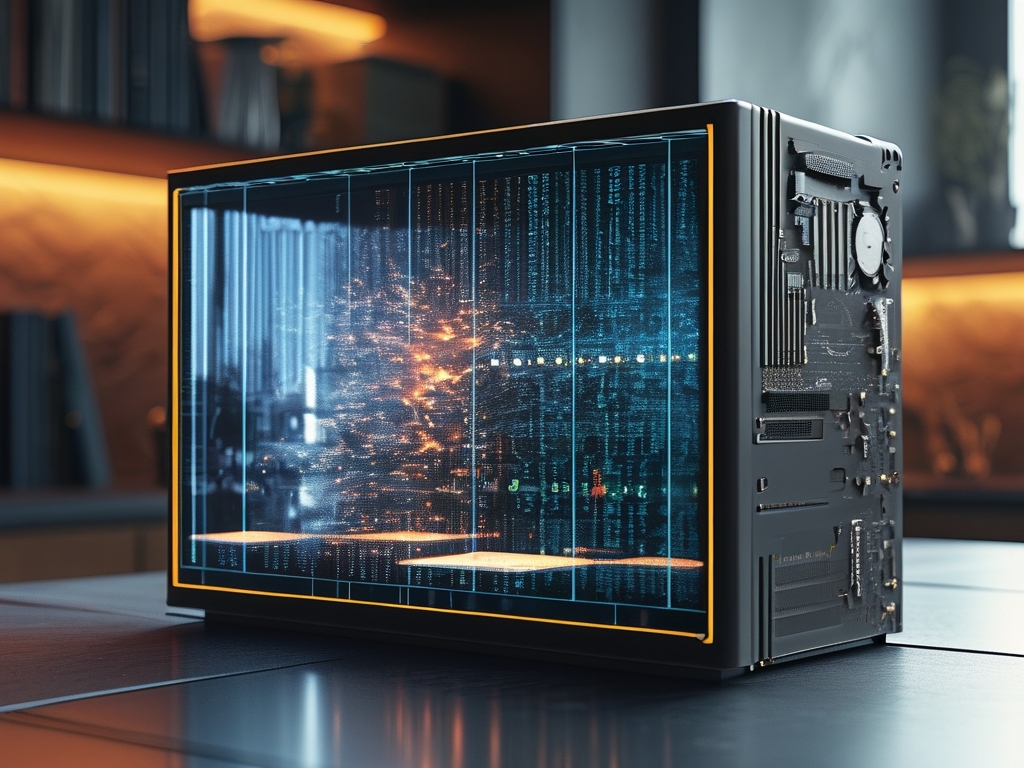In the rapidly evolving landscape of data processing, the debate between memory computing and disk computing remains a focal point for developers, engineers, and businesses. While both methods aim to handle data efficiently, their underlying mechanisms and use cases diverge significantly. This article explores the technical distinctions, performance implications, and practical applications of these two computing paradigms.

Understanding the Fundamentals
Memory computing refers to data processing that occurs directly in a system’s RAM (Random Access Memory). This approach leverages the high-speed nature of volatile memory to execute tasks with minimal latency. For example, real-time analytics platforms like Apache Spark often rely on in-memory processing to deliver instant insights.
Disk computing, on the other hand, involves reading and writing data to non-volatile storage devices such as HDDs (Hard Disk Drives) or SSDs (Solid-State Drives). Traditional databases like MySQL or PostgreSQL typically use disk-based storage for persistent data management, prioritizing durability over speed.
Speed and Latency
The most glaring difference lies in performance. Memory computing operates at nanosecond-level speeds due to RAM’s direct accessibility to the CPU. A simple benchmark test shows that reading 1 GB of data from RAM takes roughly 0.1 seconds, while the same operation from an SSD requires 2–3 seconds—a 20x difference.
Disk computing, while slower, compensates with cost-effectiveness for large-scale storage. For instance, storing 1 TB of data on disk drives costs about $25 annually, compared to $400+ for equivalent RAM capacity. This trade-off makes disk-based systems ideal for archival data or applications where immediate access isn’t critical.
Data Persistence and Risk
Volatility is memory computing’s Achilles’ heel. Power loss or system crashes can erase RAM-stored data instantly, as seen in this code snippet for a Python caching system:
import redis
cache = redis.Redis()
cache.set('temp_data', 'unsaved_metrics') # Data vanishes if server restarts
Disk systems avoid this risk by design. File operations like fwrite() in C guarantee data persistence even during outages, though at the cost of write-speed penalties from physical head movements in HDDs.
Use Case Scenarios
Industries adopt these technologies based on specific needs:
- Financial trading platforms use in-memory databases like SAP HANA to process millions of transactions per second.
- Video streaming services such as Netflix combine both: hot data (frequently watched content) stays in memory caches, while cold data resides on disks.
Hybrid architectures are gaining traction. A 2023 study by Gartner revealed that 68% of enterprises now blend memory and disk computing, using tools like Redis for caching and Amazon S3 for bulk storage.
Future Trends
Emerging technologies are blurring the lines between memory and disk computing. Storage-class memory (SCM) devices like Intel Optane offer near-RAM speeds with disk-like persistence, while advancements in NVM Express (NVMe) protocols reduce disk latency to under 1 millisecond.
As quantum computing and edge devices reshape data workflows, the choice between memory and disk computing will increasingly depend on balancing three factors: latency tolerance, budget constraints, and data criticality. Organizations must evaluate these dimensions to architect systems that align with their operational goals.



